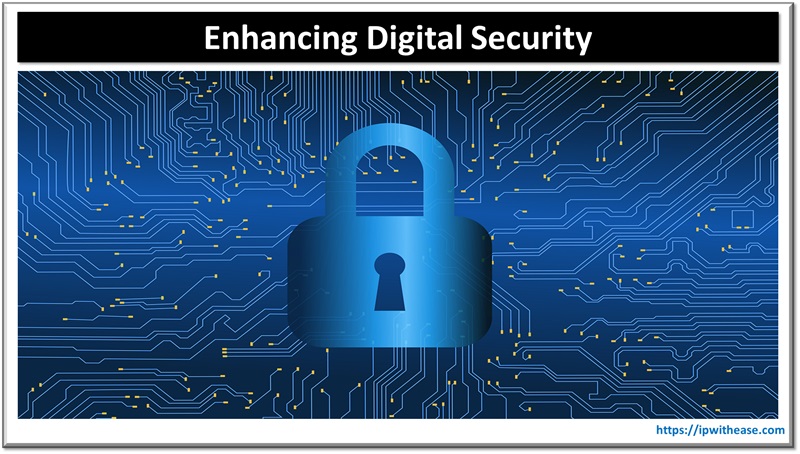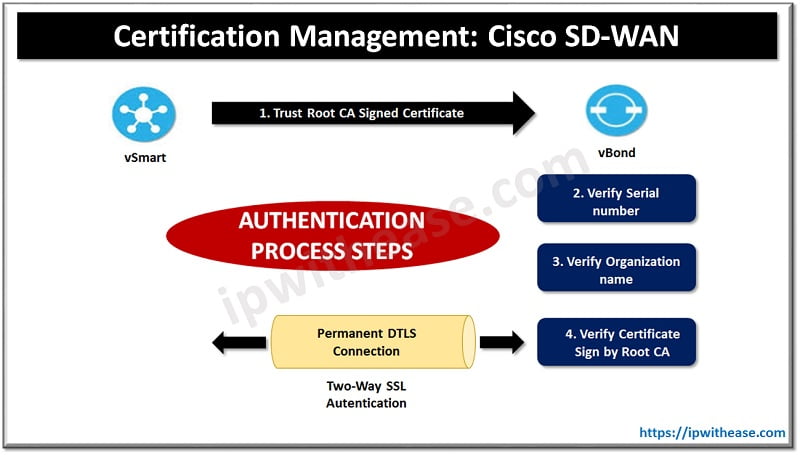In our present-day, technology-driven era, it’s more crucial than ever to secure our domains. For our homes, offices, or even digital spaces, secure access control is A MUST. It’s like having a super-smart bouncer, keeping trouble out. But how can we ensure that this gatekeeper is performing at their best?
This article seeks to guide you, the security-conscious reader, on a journey through effective secure access control measures that could safeguard your organization.
Best Practices to Secure Access Control
Assessing Security Needs
Before anything else, it’s necessary to conduct a thorough security assessment. The emphasis on this stage cannot be exaggerated. A 2019 study from IBM found that 83% of organizations discovered a significant vulnerability in their security systems only after a data breach had occurred.
The wisdom in the phrase “prevention is better than cure” is remarkably true here. This is when an all-inclusive security audit becomes crucial.
- Look at your facility’s layout: What are the potential entry points? How about the escape routes? Analyze the physical layout of your organization, the potential hiding spots, and any vulnerable areas that need additional surveillance.
- Consider the nature of your assets: High-value items might need more stringent access controls compared to other assets. Evaluate whether assets need to be stored securely, who needs access to them, and under what conditions.
- Evaluate the roles of your personnel: Not everyone in your organization should have access to all areas. Limit access rights based on role or department. Bear in mind the principle of least privilege—that is, assigning users only the access required for their role—mitigates the potential for unauthorized entry.
Choosing the Right Access Control System
Our era presents a wide array of access control systems. We have keycard systems, biometric methods like fingerprint or retina scanning, and smart device-based systems.
A study by MarketsandMarkets projects that the global access control market will leap from USD 9.9 billion in 2023 to USD 14.9 billion by 2028. The rapid growth emphasizes the importance organizations are placing on access control systems.
The selection of the optimal system demands an extensive comprehension of each system’s strong and weak points. Let’s look at a few.
- Keycard systems: While being cost-effective and easy to manage, they can be easily lost or stolen.
- Biometric systems: They offer high security but at a higher cost, and they may raise privacy concerns.
- Smart device-based systems: These are convenient and offer strong security but are dependent on the user’s device security.
Your final decision should be a well-calculated compromise between your organization’s unique requirements and budgetary considerations.
Implementing Multi-factor Authentication
Embedding multi-factor authentication (MFA) into your access control can offer a notable security enhancement. Microsoft conducted a study that revealed MFA could stop 99.9% of account intrusion attempts.
However, the discovery goes further! Here are some interesting figures and results.
- A poll by Expert Insights in 2021 found that 91% of organizations consider MFA to be a crucial layer of protection for corporate data.
- A 2019 Google study found that a type of MFA known as on-device prompts could stop 90% of targeted attacks, 99% of mass phishing attacks, and 100% of automated bots.
- According to the AAG Report (2023), 3.4 billion spam and phishing emails are sent daily. MFA use could considerably reduce this risk.
Multiple types of authentication from distinct categories of credentials are required by the MFA approach.
For instance, a keycard, which the user possesses, might be used in conjunction with a PIN, which the user is aware of, or a biometric verification, which the user is. The layered security strategy of MFA significantly minimizes the likelihood of unauthorized access because it is extremely rare that a hacker could replicate or obtain all the necessary factors.
Keep in mind that it’s important to implement the right authentication procedures for both local and remote personnel.
Regular System Maintenance & Updates
No technology is invincible; access control systems are no exception. Regular maintenance and updates ensure your systems operate efficiently and remain secure. According to a forecast by Cybersecurity Ventures, cybercrime was slated to cost the world a staggering $6 trillion annually by 2021. Post 2021, there has been an escalating trend in the cost of cybercrime globally.
- As per the latest report by Cybersecurity Ventures in 2023, the cost of cybercrime is expected to reach $10.5 trillion annually by 2025. This is a significant leap from $3 trillion in 2015, denoting a more than threefold increase over a decade.
- Moreover, according to the same source, the economic losses linked with cybercrime are projected to inflate at a rate of 15% annually for the subsequent five years.
This ever-increasing trend only serves to underline the critical need to keep systems updated and maintained regularly.
- Maintenance schedule: Establish a consistent schedule for system maintenance and updates. This helps in the detection of any potential issues and helps address them before they escalate.
- Communication with the system provider: Ensure open lines of communication with your system provider. These people serve as your primary go-to for assistance and advice when dealing with troubleshooting or system upgrades.
- Timely issue resolution: It’s critical to address any issues found during maintenance checks promptly. This helps maintain optimal functionality and the highest level of security for your system.
Establishing Clear Access Policies
Your organization must adopt well-defined access policies. These rules should specify the individuals allowed access to designated areas, the time window for such access, and the conditions ruling it.
Here are a few key pointers for creating effective access policies.
- Clear roles and responsibilities: Clearly define who can access what and why.
- Written policies: These should be accessible to all employees for their reference.
- Regular reviews and updates: As roles and assets change, so should your policies.
Training Employees on Access control
To sum it all up, the personnel managing the system must grasp its operational dynamics. That’s where training comes in. According to a study by the Ponemon Institute, 60% of all breaches in 2019 involved vulnerabilities for which a patch was available but not applied. Ensuring your employees are educated about access control procedures will reduce the chances of such oversights.
Conduct regular training sessions. Make sure they’re hands-on and engaging. Most importantly, your employees must realize the importance of their role in maintaining the security of your organization.
Continue Reading:
SASE (Secure Access Service Edge): Cyber Security
What is ZTNA (Zero Trust Network Access)
ABOUT THE AUTHOR
IPwithease is aimed at sharing knowledge across varied domains like Network, Security, Virtualization, Software, Wireless, etc.



